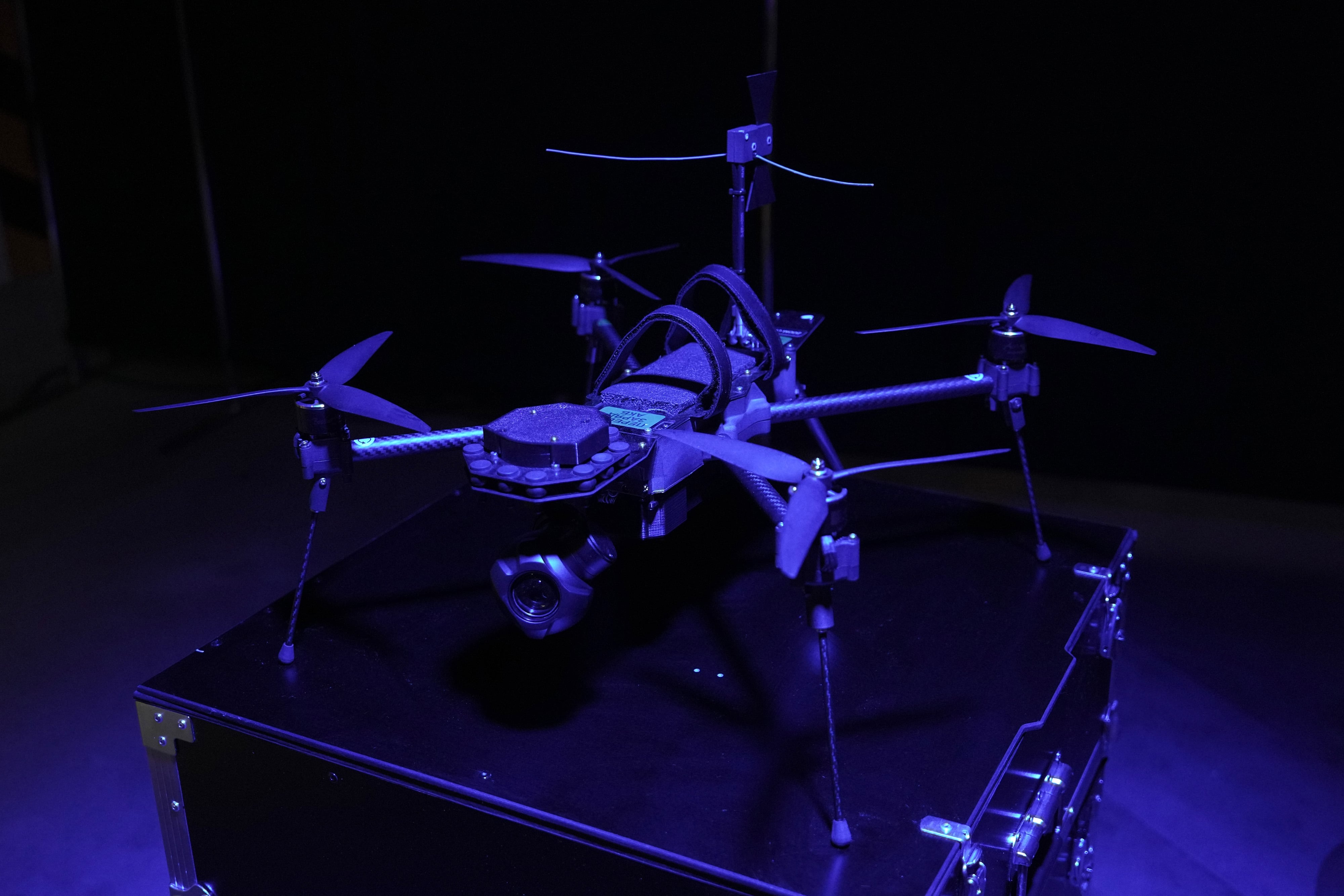As technology continues to advance at a rapid pace, the Department of Defense is doing its best to keep up. With more devices connected to the Internet, sensor data is being collected in unprecedented amounts. But the large volume of information flowing in from drones, vehicles, soldiers’ wearables, GPS devices and more is only useful when unified. Indeed, unification is the end goal of the Joint All-Domain Command and Control strategy, often referred to as JADC2.
JADC2 aims to build a cross-service digital architecture that can enable rapid and precise data exchanges across domains in order to improve decision-making at the strategic, operational and tactical edges of war fighting. Put another way, the goal is to connect and oversee all branches of the military under one secure digital umbrella. This task, however, is no simple feat. The DoD is striving for collaboration and real-time data analysis across multiple networks and classification levels — but that simply isn’t possible without the integration of cross-domain technologies.
Real-time data analysis offers a leg up on the battlefield, but only if it doesn’t compromise sensitive information. Government systems are particularly challenging to integrate securely, as they operate at multiple security levels: Unclassified, Secret and Top Secret. In a nutshell, cross-domain solutions integrate multiple systems by allowing for a secure line of communication between networks that are isolated from each other. Information can be moved safely and seamlessly between different classification levels. Thus, cross-domain solutions are crucial to creating a truly centralized command-and-control, like the one envisioned by JADC2.
Cross-domain solutions also monitor and validate data in-transit, ensuring the correct information arrives at the correct location and keeping the most sensitive information safe from those without proper clearance. Cross-domain technologies are essential to JADC2 because they offer a way to modernize and connect government systems without sacrificing speed or security. Without secure data sharing capabilities across networks of multiple classification levels, decision-making hinges on incomplete information — and incomplete information can cost people their lives.
The DoD is already making some progress with regard to centralized command-and-control with the Air Force’s Advanced Battle Management System (ABMS). The Navy’s JADC2 efforts can also be seen in Project Overmatch, which involves the development of a connected fleet. DoD has also simulated specific threats in order to see how data from various sources (ranging from aircrafts to Navy ships to radar systems) can work together to detect and demobilize the aggressor. In order to keep integrated data safe, though, cross-domain solutions must be used.
Cross-domain solutions offer a far more flexible approach to security, allowing for information to be shared safely between classification levels. While agencies may be worried about the security implications of knocking down data silos, the best cross-domain solutions undergo significant testing with regard to security, including adherence to the stringent guidelines laid out by the National Cross Domain Strategy & Management Office’s Raise-the-Bar initiative.
The JADC2 strategy is a significant undertaking for the government’s modernization efforts. JADC2 will act as a means to create a master control system constructed of multiple domains and data sources — one that focuses on security as much as connectivity. It’s crucial for the DoD to be able to analyze and interpret the vastly increasing amount of incoming sensor data in real-time while also keeping it safe. The ability to connect actionable sources and integrate military branch systems will allow for a much more cohesive and collaborative approach to ongoing military operations, which means better threat detection in cyberspace and the real world alike.
George Kamis is the Chief Technology Officer for Global Governments & Critical Infrastructure at Forcepoint. Prior to his role as CTO, he served for 10 years as vice president of engineering at Trusted Computer Solutions, and also worked for the U.S. Naval Research Laboratory, Center for High Assurance Computer Systems, and developed multilevel secure systems for the Navy.








